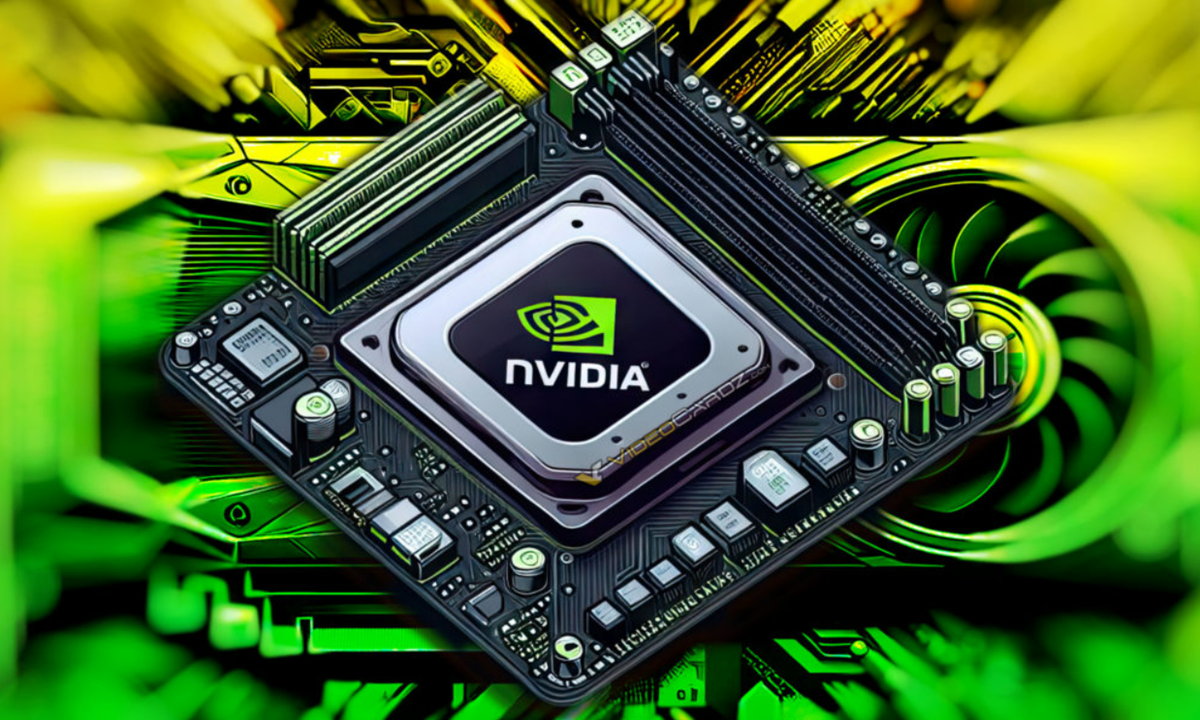Intel CEO Pat Gelsinger held his usual conference call with analysts after presenting third-quarter financial results. Questions revolved around the future of the company and its position in the face of emerging competition. And specifically to new ARM computers this point on the horizon following announcements by Qualcomm, AMD and NVIDIA.
Intel has dominated global client computing with an iron fist for three decades with its x86 solutions and Microsoft’s support of Windows in the so-called “Wintel” alliance. A few years ago, Microsoft itself “cancelled” this exclusive contract and teamed up with Qualcomm in a variant: Windows on ARM.
The platform designed by Microsoft has so far been a fiasco, and Intel remains the largest supplier of processors and graphics for personal computers. But there are clear signs that something is changing.. Apple and its successful hardware transition from Intel x86 to its own ARM design was a great example for the whole industry, and although not all manufacturers have the “advantages” of those from Cupertino in experience and control of the platform, it undoubtedly showed the way forward.
Computers with ARM, a danger for Intel?
Pat Gelsinger pointed this out to direct questions from analysts “Alternatives to ARM clients and Windows in general, they were relegated to fairly insignificant roles in the PC business. And we take all competition seriously. But I guess history is our guide here. I don’t see it as potentially that significant overall. Our drive is strong. We have a solid plan ». Too optimistic?

If adoption of ARM-based processors for Windows PCs becomes more widespread, Intel plans to compete with its next-generation x86 offerings such as Meteor Lake, Arrow Lake, Lunar Lake, and Panther Lake in the future.
Strangely, Gelsinger can see the future ARM chip manufacturing: “When we think about other alternative architectures like ARM, we also think, wow, what a great opportunity for our foundry business.”. The director refers to the IDM 2.0 program, which will represent one of the biggest changes in business (and cultural) strategy in Intel’s history by making x86, ARM and RISC-V chips. a first for third-party manufacturers.
As for the new ARM computers that are about to arrive, we wouldn’t be as optimistic as Intel on the example of Apple. Intel was its main CPU supplier and suddenly lost the 10% share that Macs have. If Microsoft can make a viable Windows for ARM, the competition with Qualcomm, NVIDIA and other manufacturers will be brutal.














